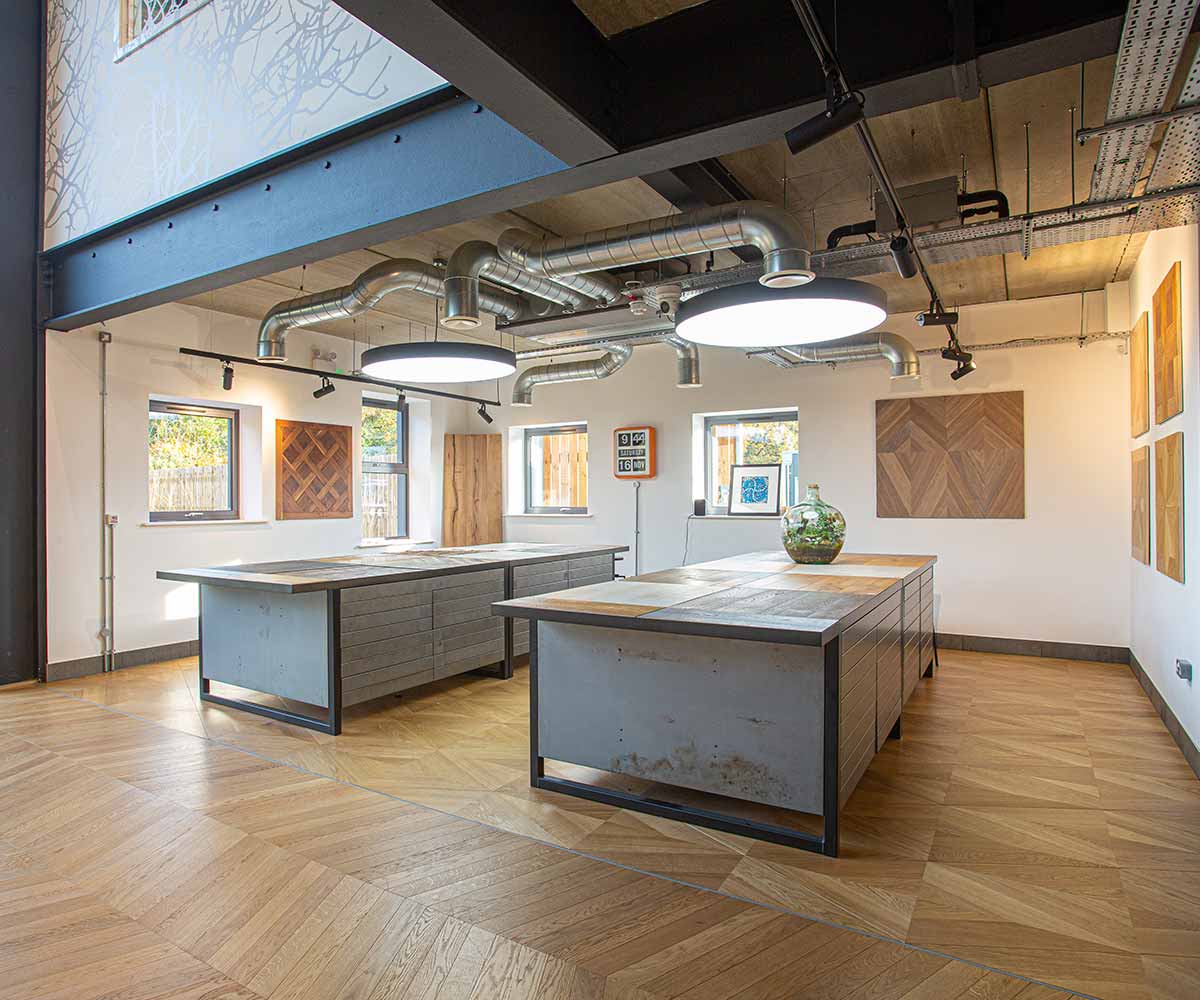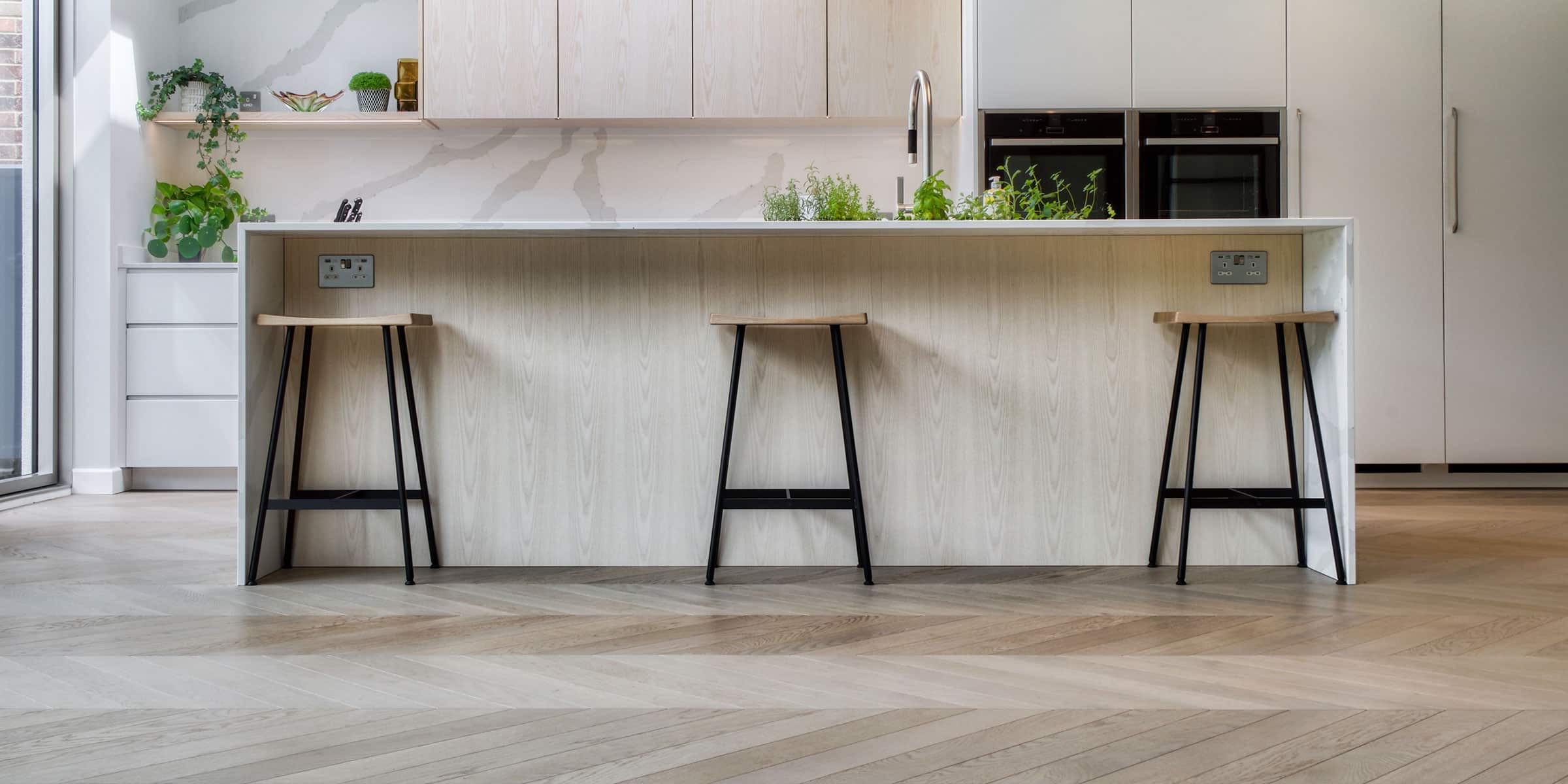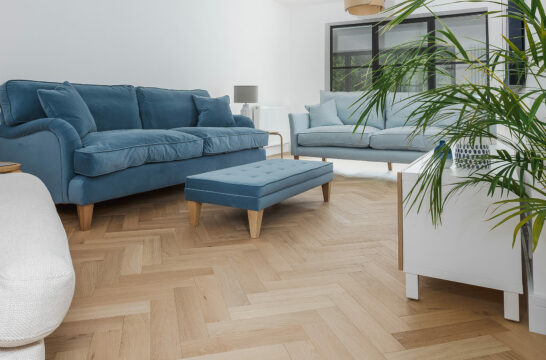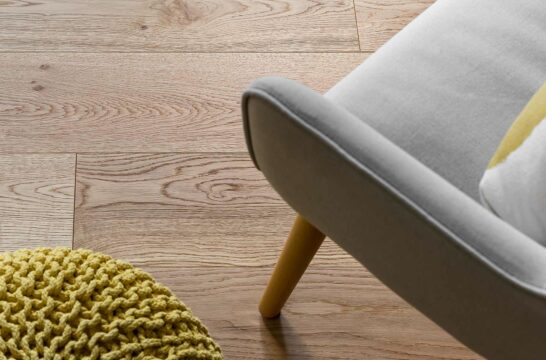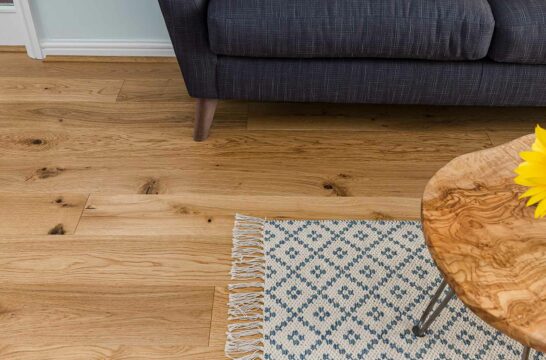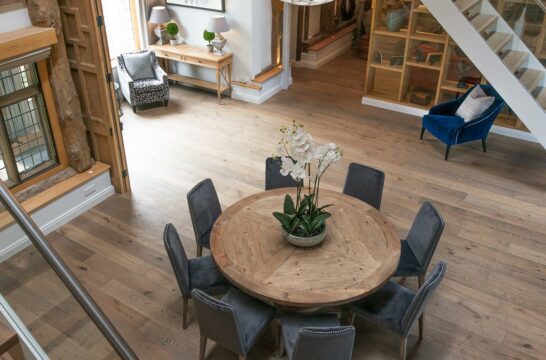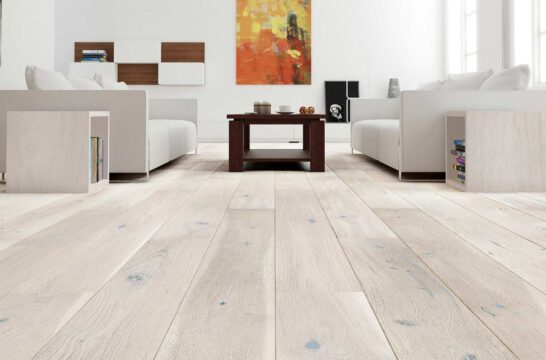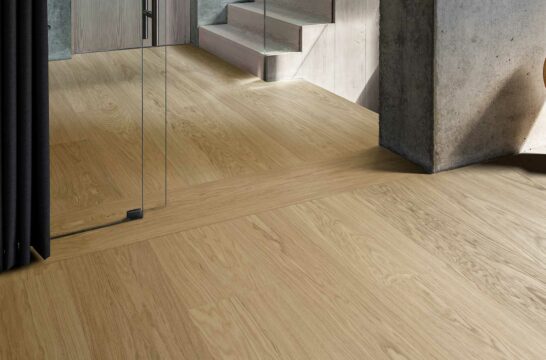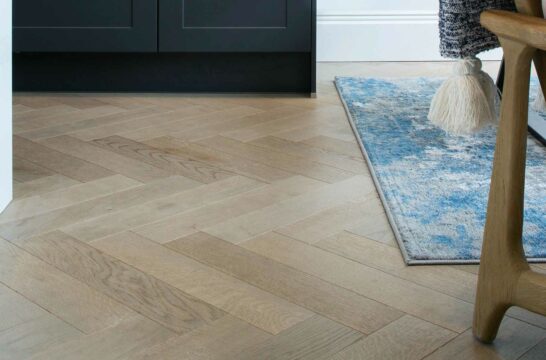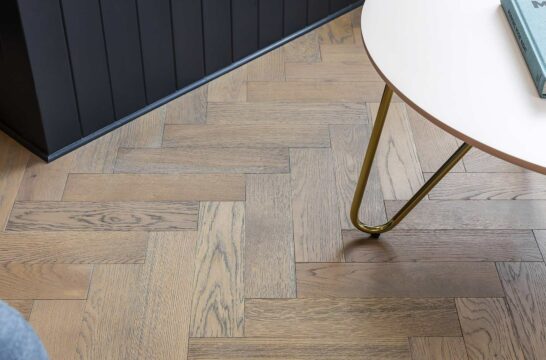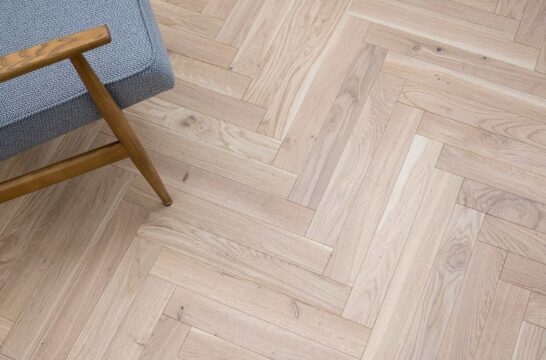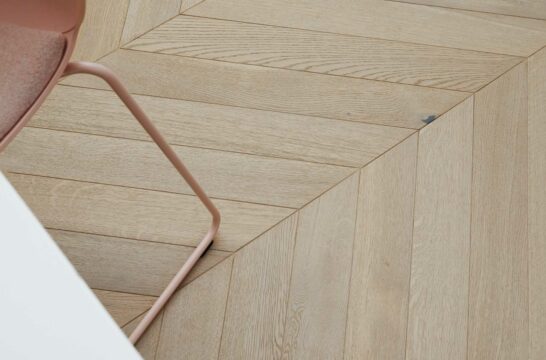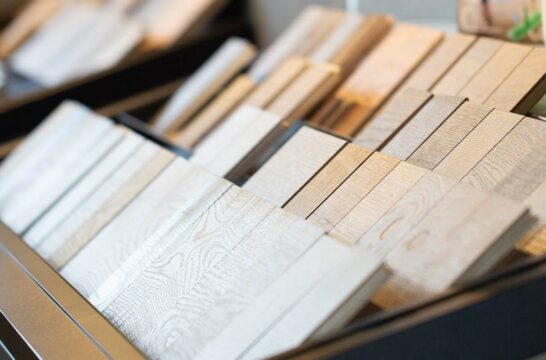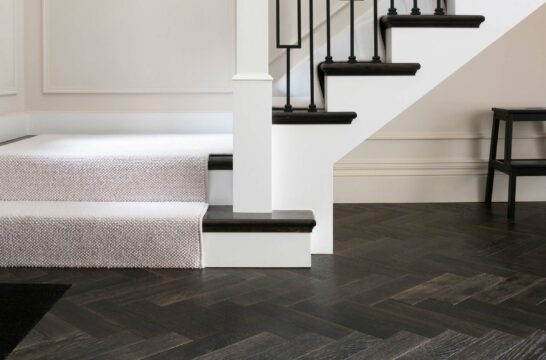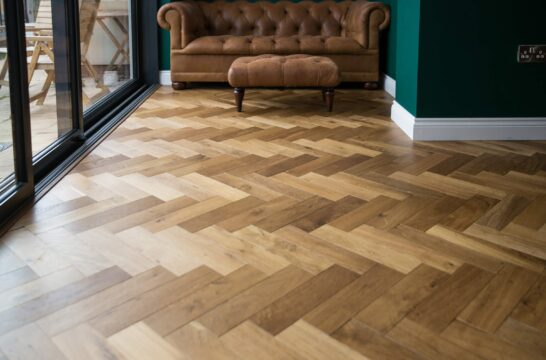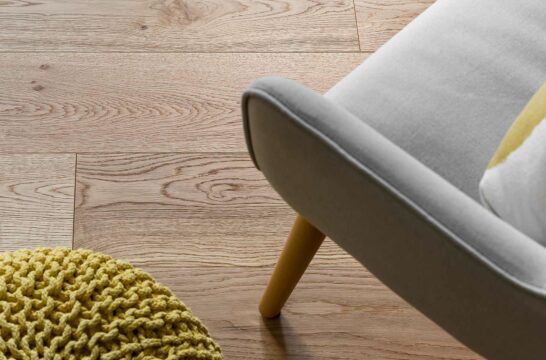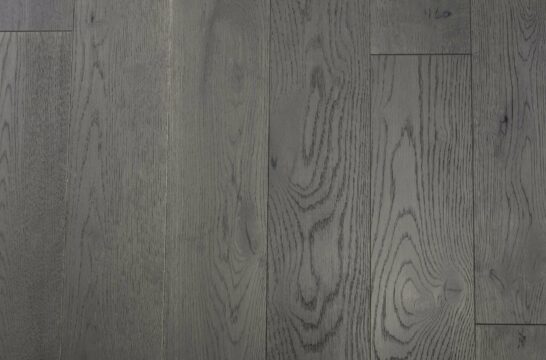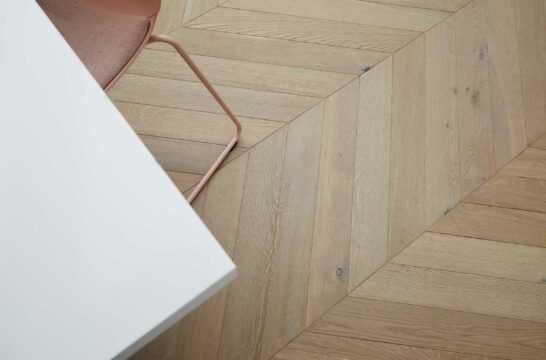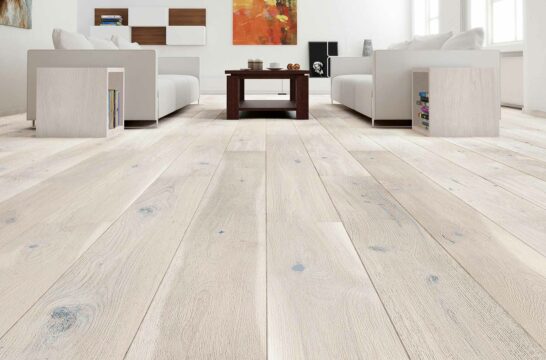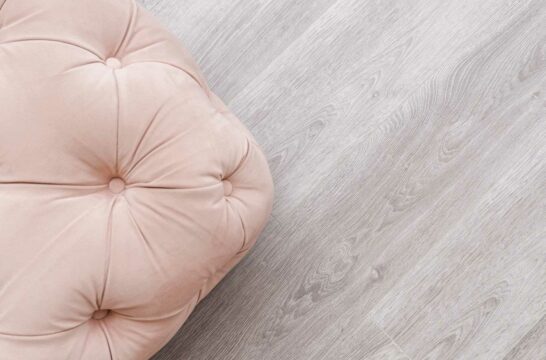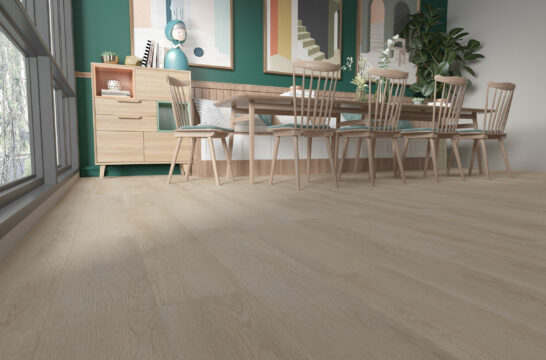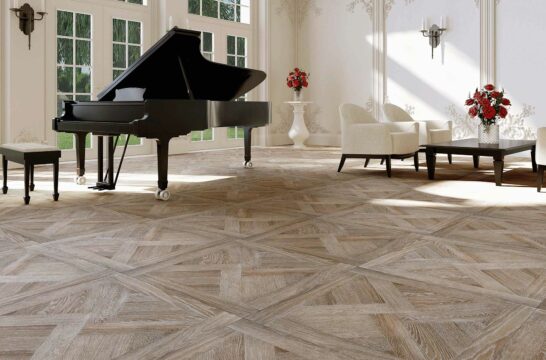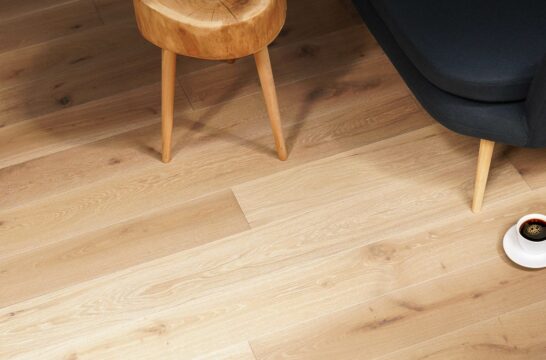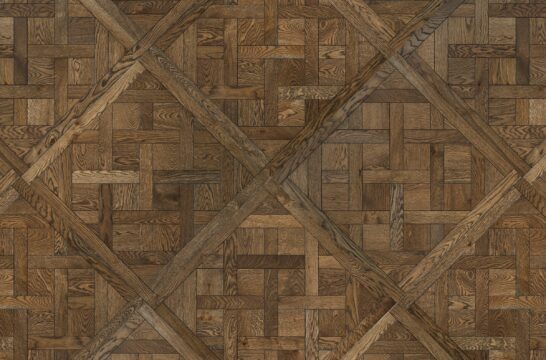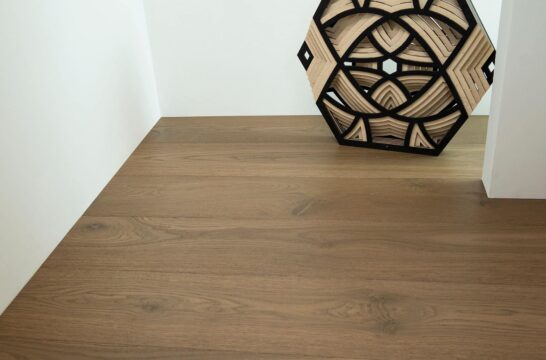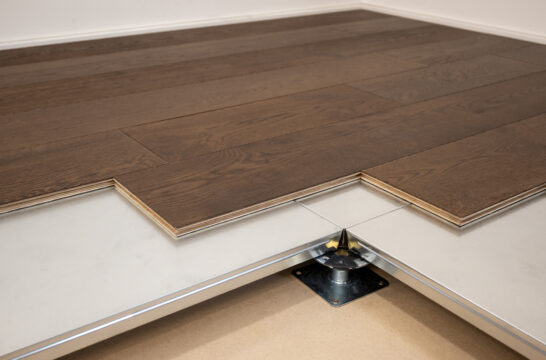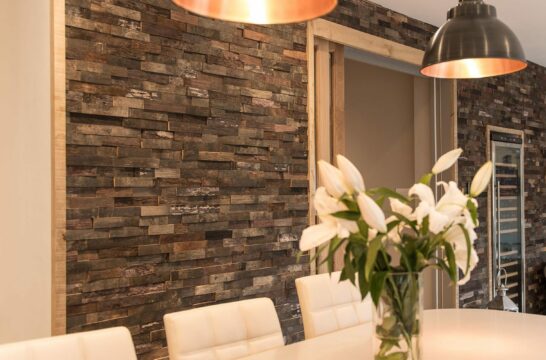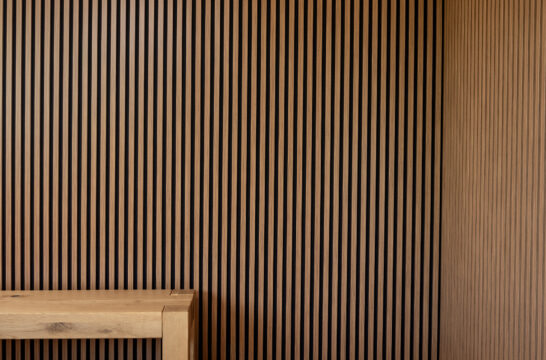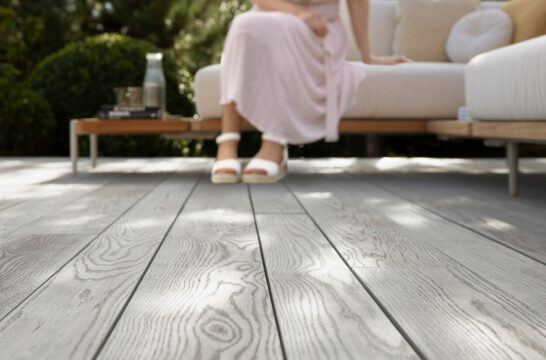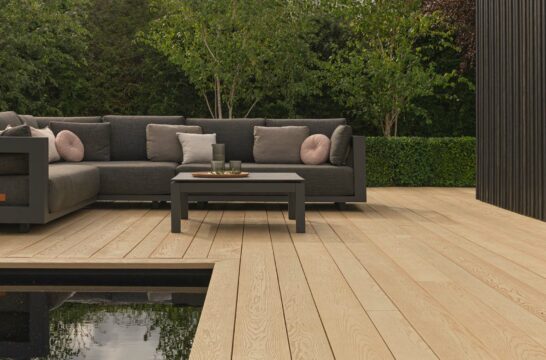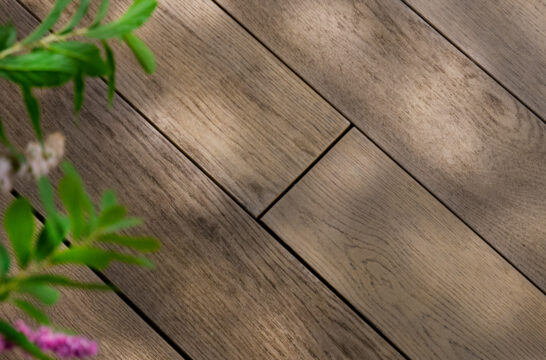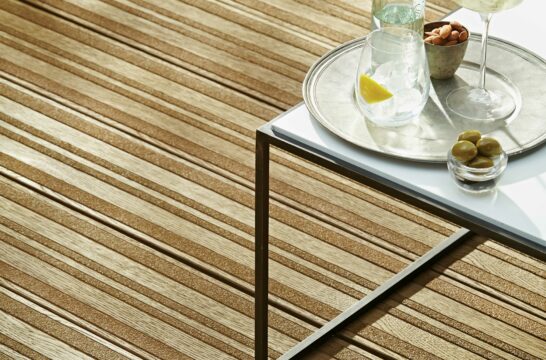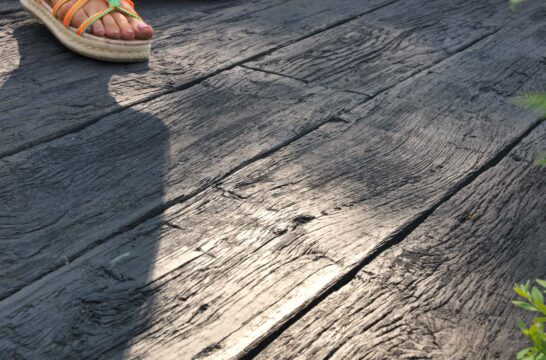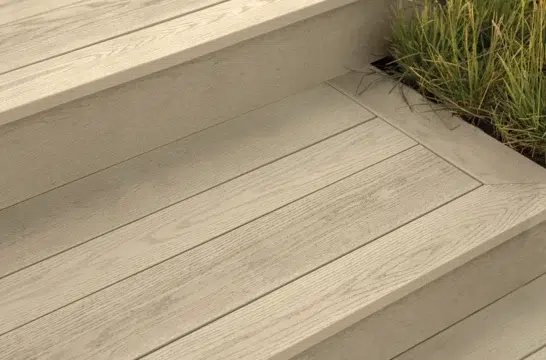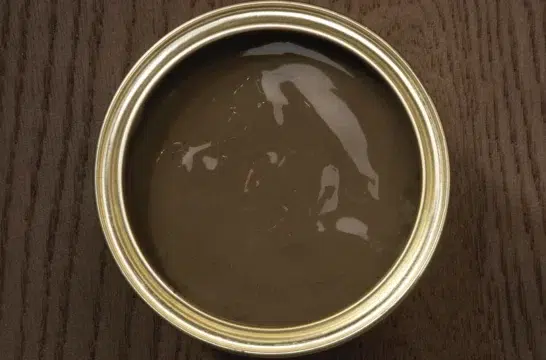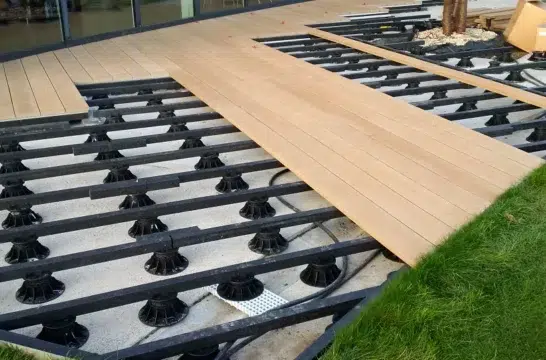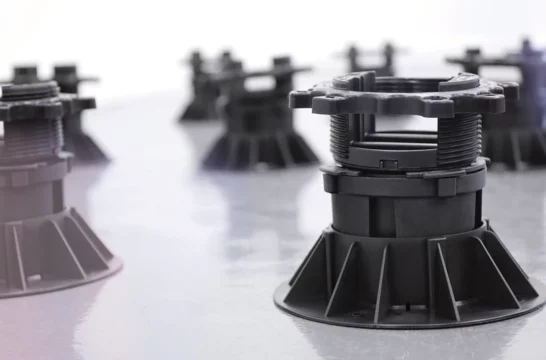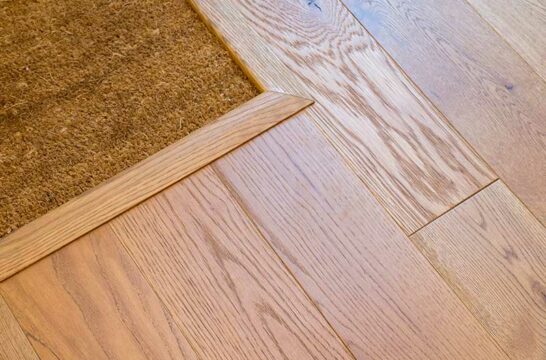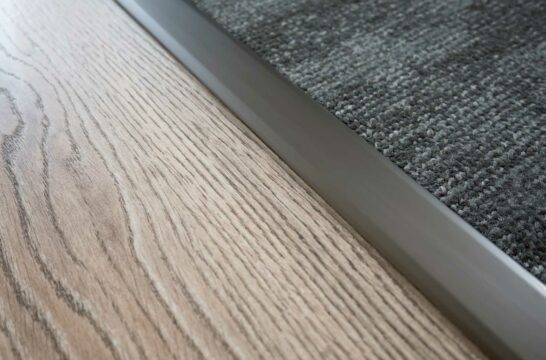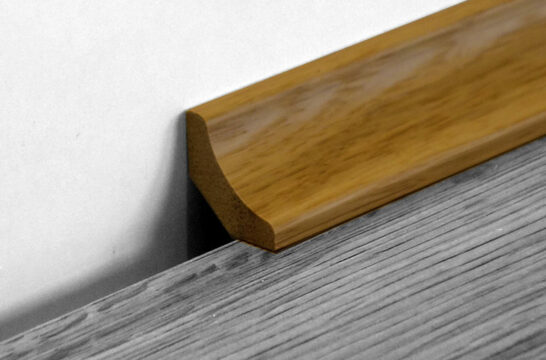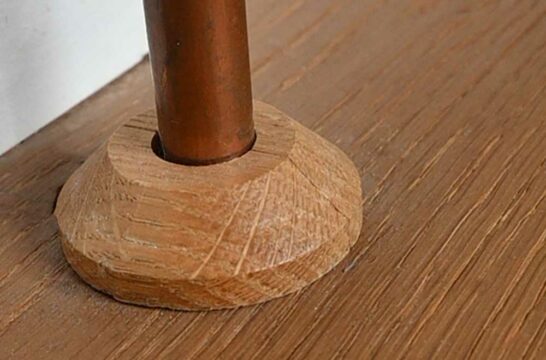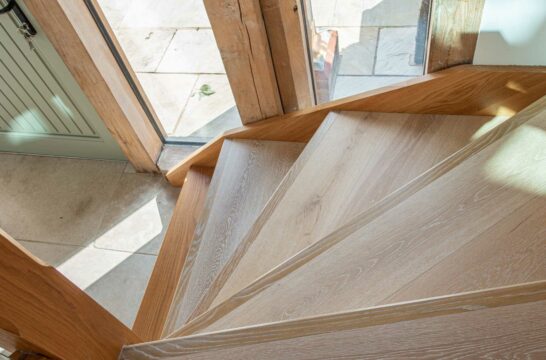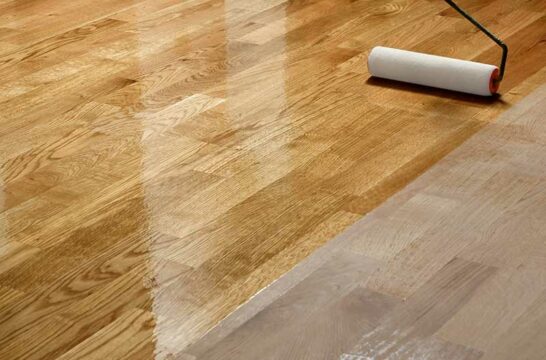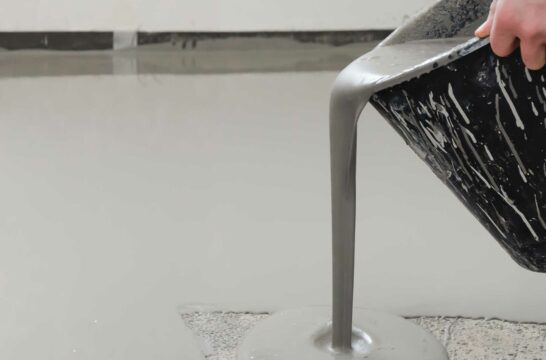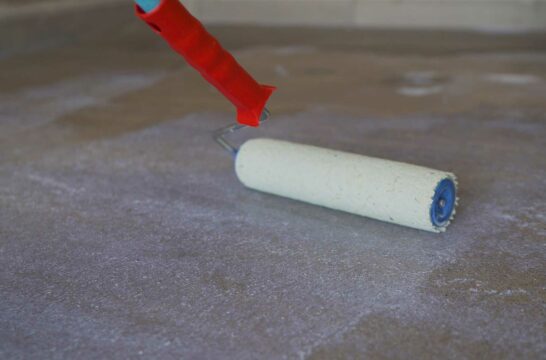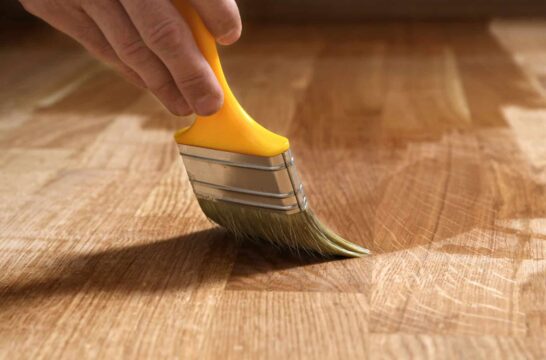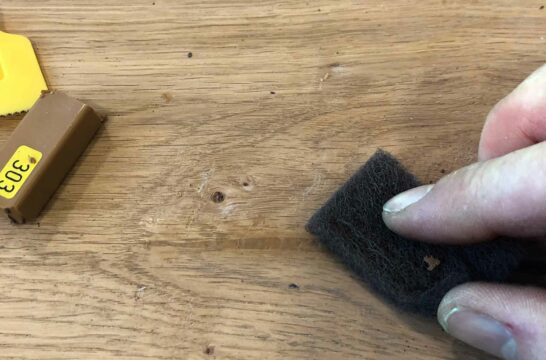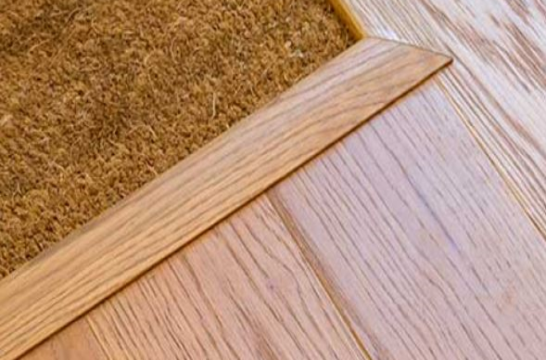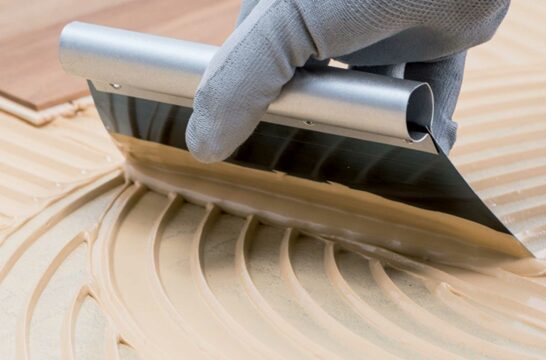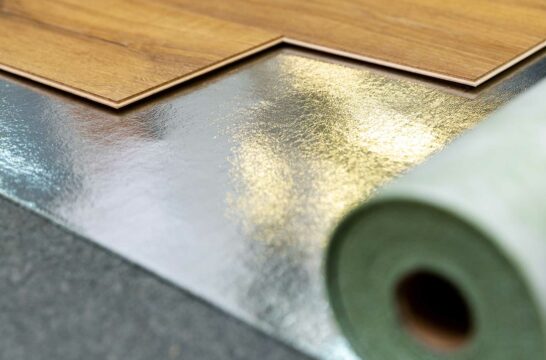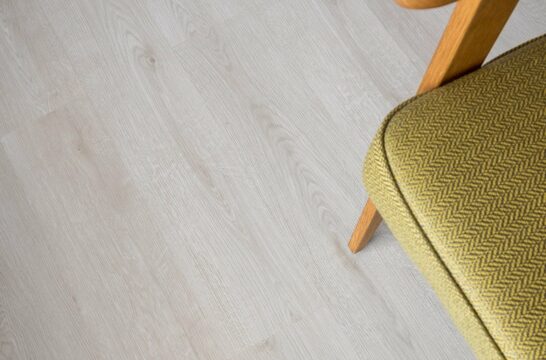We will take you on a journey of creative exploration, to discover your perfect wood floor and more…
Plan your VisitHow To Take Up Engineered Wood Floors
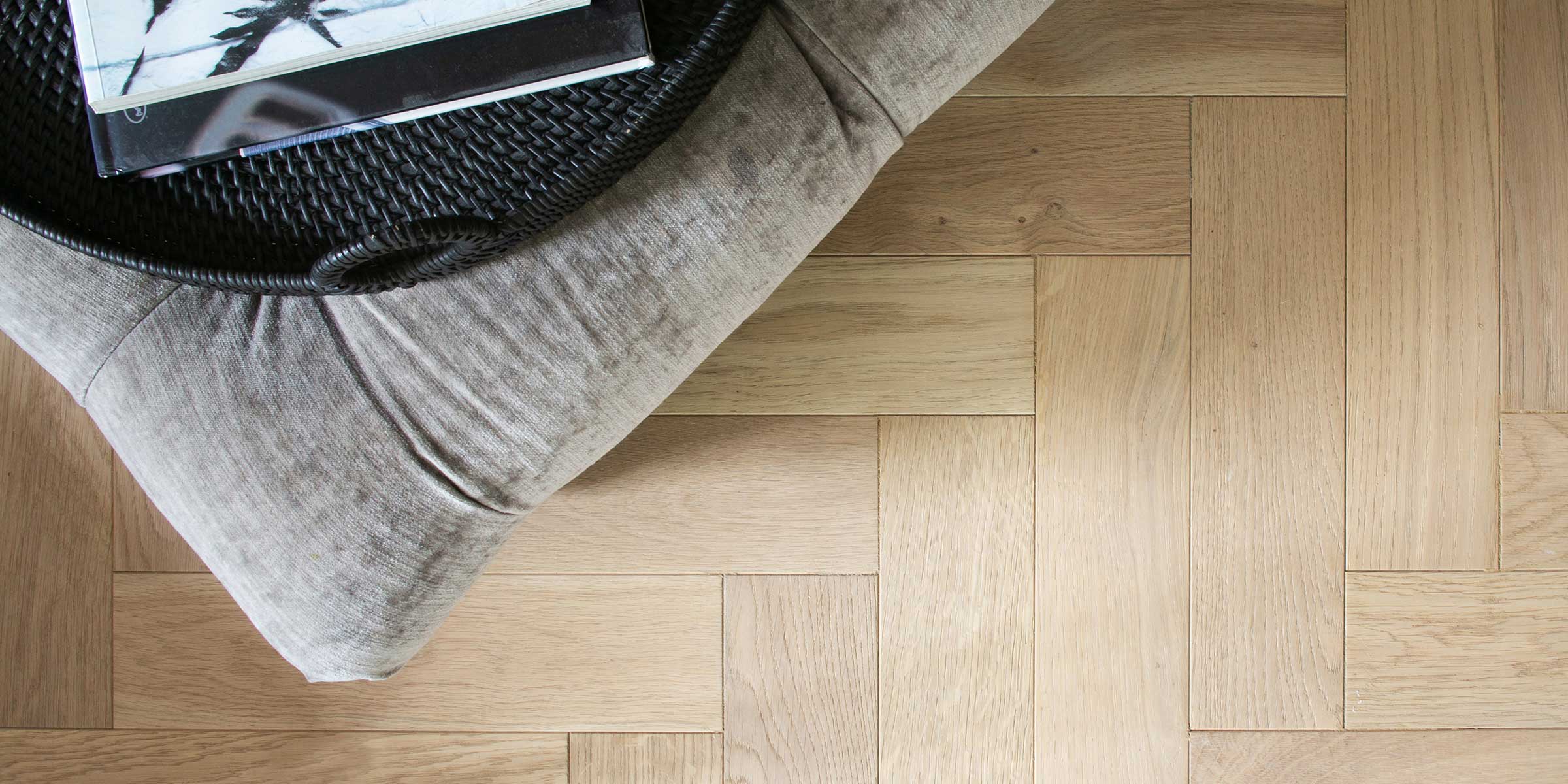
All flooring, whether synthetic or natural, will eventually need to be removed. This could be a cosmetic choice, for homeowners looking to change up their interior style, or a decision led by some kind of damage or decay. For those looking to take up their engineered wood floors and replace them, we have put together this comprehensive guide to illustrate the different methods for removal, as well as answer some of your most frequently asked questions. 
When Should You Take Up Engineered Wood Floors?
Engineered wood flooring, especially our own, has been designed to last for decades. And as the years pass, natural wear and tear will occur and certain imperfections will show themselves. Despite this natural ageing process, this does not mean that the real wood flooring in question needs to be replaced. Certain levels of damage or deterioration can be treated in an isolated manner, by removing individual planks or sections that can be swapped out for fresher boards. As for wear and tear, most engineered wood boards have a wear layer that grants them the capability to be sanded and refinished at least once. However, when hardwood floors of any kind are beyond localised repair and professional help, then you should consider having them removed. But this should always be a last resort.
How to Remove Different Types of Engineered Wood Floors
Before you embark on the process of taking up your engineered hardwood flooring, it is important to first determine how your floors have been installed, as this will directly affect the best method to remove them. Most engineered wood floors, including our range, can be installed in one of two ways. The first is to ‘float’ the floor, which means laying each board over an underlay, and relying on tongue and groove fittings to hold all the boards firmly together The second style is fully bonded, which is achieved through the use of wood adhesive, with each board being glued to the subfloor, concrete, or existing floor unde eath it. Some hardwood floors can be nailed down, and though this is possible with engineered wood flooring, it is unlikely to be the case. Once you have figured out how your floors have been installed, you can begin the slow and steady work of uninstalling them.
Taking Up Floating Engineered Wood Floors
Floating floors are by far the simplest to remove, as there is no glue or nails involved in their installation. Adhesives are only used to bond the tongue and groove fittings together, and in the case of click and lock systems, no glue is necessary. You should start by removing any skirting around the room, then tu your attention to the first row of boards. This will be the hardest part of the process, as the gap between the board and the wall is usually very small, due to its installation and natural expansion. You can use a flat crowbar to make the process easier. Once the first row is lifted, you can work your way across the room, moving from one co er to another. Tongue and groove fittings will need a little extra attention as you move through the room, since the adhesive seals between the boards will need to be cut. This can be done using a hammer and chisel, which should effectively sever the tongue of the adjacent board and allow you to take it up.
Taking Up Glued Engineered Wood Floors
In comparison to floating engineered wood floors, glued or ‘fully bonded’ flooring will be a more demanding process. It will take longer and require extra strength, but it can be done, With glued engineered wood floors, your boards will be stuck directly to the subfloor or underlayment, with an adhesive that is made to last. You cannot simply pry up the boards as with floating floors, and will need to pull up the adhesive beforehand using a scraper or chisel. This process is lengthy and strenuous, which is why we recommend hiring a professional to handle it and ensure the job is done properly. Removing glued hardwood floors also produces a lot more dust and debris than floating ones, as the boards are usually shattered in the process. So, it is a good idea to have a high-power or industrial grade hoover at the ready.
Find Your Perfect Replacement
Once your engineered wood floors have been taken up, you will need to replace them. Our range is expertly crafted to last for decades and age with grace, with engineered wood floors that can be floated or fully bonded, and come in both warm European oak and rich American walnut.
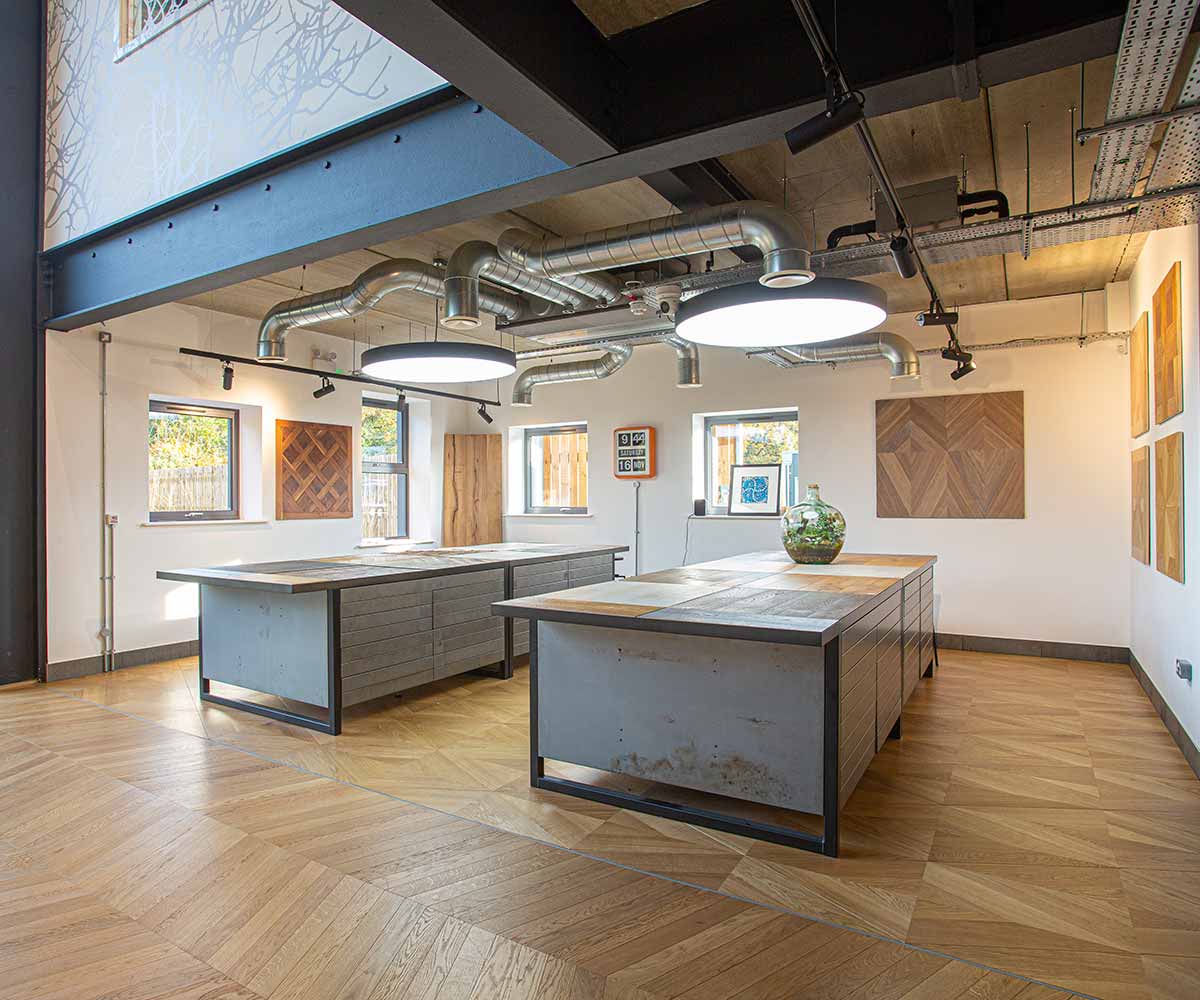
Find your local retailer
Here you can see large format samples and get expert advice from flooring experts who will sell and install your chosen floor
